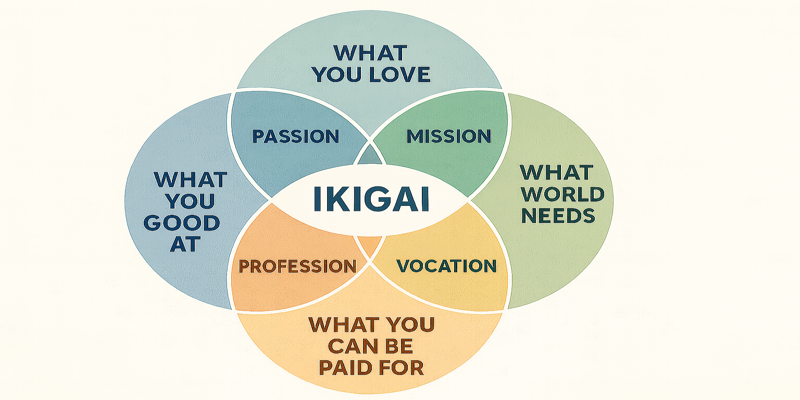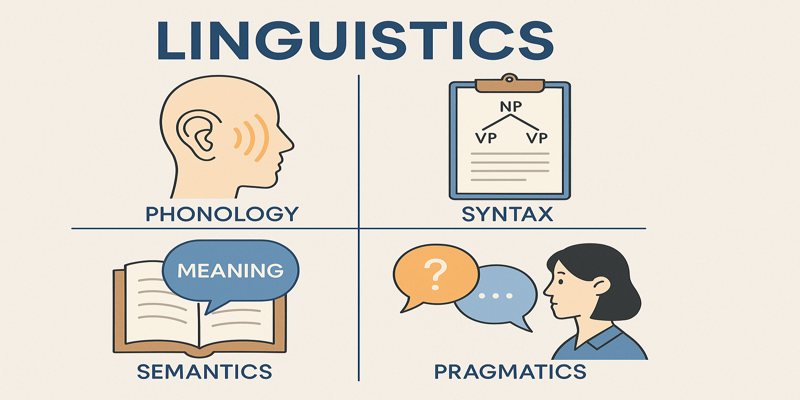Understanding Happiness: A Science, Not a Mystery
In an increasingly interconnected world, the pursuit of human well-being has emerged as both an art and a science. Across continents and cultures, governments, scholars, and individuals are exploring ways to improve the human condition through policies, education, and personal development strategies. Central to this effort is the study of happiness—a concept that, while once considered abstract or subjective, is now increasingly measurable, actionable, and transformative. This article delves into what makes people thrive, drawing upon global perspectives, academic research, and practical tools that enable individuals to live lives full of love, freedom, and prosperity. Happiness can be Observed, Measured, and Improved Happiness, or subjective well-being, is the emotional and cognitive appraisal of one’s life as satisfying and meaningful (Diener et al., 1999). It is now widely accepted that happiness can be observed, measured, and improved. Researchers use both self-reported surveys and biological measures to understand how different experiences and environments affect human flourishing (Lyubomirsky, 2007). For example, the World Happiness Report, developed by the United Nations, ranks countries based on variables such as GDP per capita, social support, life expectancy, freedom, generosity, and corruption levels (Helliwell et al., 2024). The empirical nature of happiness research signifies that individuals are not helpless recipients of fate. Instead, they have the agency to shape their emotional and psychological landscapes. The key insight here is that happiness does not merely occur—it can be cultivated. The Role of Emotions and Positive Psychology Positive psychology, a field pioneered by Martin Seligman and Mihaly Csikszentmihalyi, investigates the strengths and virtues that enable individuals and communities to thrive. Rather than focusing solely on pathology or dysfunction, positive psychology shifts attention to what makes life worth living (Seligman & Csikszentmihalyi, 2000). One of the most important insights from positive psychology is the role of positive emotions. Barbara Fredrickson’s broaden-and-build theory posits that positive emotions expand our cognitive and behavioural repertoires, enabling us to build lasting resources such as resilience, social networks, and coping skills (Fredrickson, 2001). Emotions such as joy, gratitude, hope, and serenity act as upward spirals, increasing our capacity to deal with challenges and connect with others. Practical strategies rooted in this research include gratitude journaling, acts of kindness, and mindfulness practices—all of which have been shown to increase life satisfaction over time (Lyubomirsky et al., 2005). Love and Relationships: The Heart of Happiness Human beings are profoundly social creatures, and our relationships are the single most consistent predictor of happiness and well-being (Waldinger & Schulz, 2023). The Harvard Study of Adult Development, one of the longest-running studies on human happiness, concluded that close relationships, more than money or fame, are what keep people happy throughout their lives. These bonds protect against life’s discontents and are better predictors of long and happy lives than social class, IQ, or even genes (Vaillant, 2012). The quality of one’s relationships matters more than the quantity. Emotional intimacy, trust, and mutual support create secure attachments that act as psychological buffers against stress and adversity. Across cultures, from collectivist societies in East Asia to more individualist contexts in the West, the role of kinship, community, and partnership remains central to well-being (Triandis, 1995). Building and nurturing loving relationships involves empathy, active listening, vulnerability, and forgiveness. These skills can be learned and practised, leading to deeper connections and increased happiness. Designing a Life for Long-Term Happiness As people progress through different stages of life, their needs, values, and aspirations evolve. Designing a happy life requires not just a passive acceptance of circumstances but active life design—deliberate decisions around career, family, health, and purpose. Psychologist Sonja Lyubomirsky (2007) suggests that while about 50% of our happiness is genetically determined, and 10% is influenced by circumstances, a significant 40% is within our control through intentional activities. These include goal-setting, cultivating optimism, fostering flow states, and engaging in meaningful work. Transitions, such as changing careers, moving cities, or entering retirement, are opportunities to reimagine and reorient one’s life for greater fulfilment. For example, many cultures emphasise lifelong learning as a pillar of thriving. In Finland, education policy encourages not just academic success but holistic well-being, promoting emotional intelligence, physical activity, and social inclusion from early childhood (Sahlberg, 2015). Similarly, Japan’s concept of ikigai, or “reason for being,” combines passion, vocation, profession, and mission to guide people towards a purposeful life, especially in older adulthood (Garcia & Miralles, 2017). Sharing Happiness: A Collective Endeavour Happiness, contrary to popular belief, is not a solitary pursuit. It is deeply social and contagious. Studies show that happiness spreads through social networks, influencing people up to three degrees of separation (Fowler & Christakis, 2008). When we share joy, gratitude, or hope with others, we reinforce our own positive emotions while contributing to communal well-being. Furthermore, contributing to others’ happiness through volunteering, mentoring, or simple kindness significantly boosts our own happiness (Post, 2005). This aligns with spiritual teachings across many cultures that suggest giving is not just morally right but intrinsically rewarding. Governments are beginning to acknowledge the societal importance of happiness. Bhutan has famously implemented Gross National Happiness (GNH) as a central policy goal, integrating environmental conservation, cultural preservation, good governance, and equitable economic development (Ura et al., 2012). Similarly, the UK has invested in national well-being indicators to inform public policy and guide interventions (Office for National Statistics, 2020). Tools and Strategies for a Thriving Life Thriving as a human being is not a matter of luck or privilege alone. It involves understanding and applying scientific insights, nurturing emotional and social health, and making intentional choices that align with one’s values and purpose. By learning what happiness is, understanding how emotions work, investing in relationships, and designing a meaningful life, individuals can not only improve their own well-being but also become agents of happiness in their communities. Happiness is not a finite resource. As we give it away—through love, kindness, service, and shared experiences—it grows. And as we learn from the best practices of diverse cultures and systems around the world, we become better equipped to build lives—and … Read more










